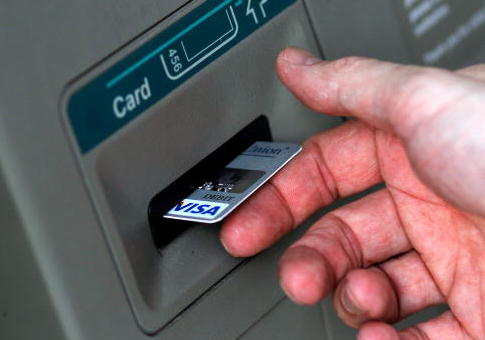Fifty-three percent of U.S. households with at least $1,000 of financial resources had hardship while experiencing a financial shock in 2015, according to a report from Pew Charitable Trusts.
A financial shock is defined as an expense such as a car repair, home expense, hospital visit, or a sudden loss of income, which comes unexpectedly and households usually do not budget for.
In 2014, 56 percent of households incurred one of these unexpected expenses, and in 2015, which is the latest data available, that percentage dropped slightly to 53 percent.
"In both years, the typical family spent almost half-a-month's income to cover its most expensive shock, with a median cost of $2,000," the report said. "In 2015, half of respondents said their most expensive shocks made it hard to cover regular expenses."
The demographic groups that reported the most difficulty with financial shocks were millennials (60 percent), those earning a salary less than $25,000 (74 percent), and minorities (57 percent of Hispanics and 56 percent of blacks).
Even high earners reported difficulty as 31 percent of those earning $85,000 or more in salary said they struggled with an unexpected large expense.
According to the report, having savings on hand did help with financial hardship for households but it did not make them entirely stable.
In 2014 and 2015, 60 percent of households had about $2,000 in savings to cover a surprise expense and about half of households said they were still struggling to make ends meet after the expense. For households that had $4,000 on hand, 43 percent of these households reported the same struggles.
"Having savings in 2014 reduced families' risk in 2015 of being financially destabilized—that is, struggling to make ends meet after their most expensive shocks—but even many with ample resources faced financial hardships," the report noted.
The report also found that having a financial shock in 2014 increased the likelihood that a household would have another large expense in 2015. High debt levels and car ownership were two main drivers of increasing the risk of a loss of income.
"Although financial shocks occurred at slightly lower rates in 2015 than in 2014 and the related economic strain was lessened a bit, data from the 2015 iteration of the Survey of American Family Finances indicate that most American families still experience some type of shock in the course of a year and that these events frequently destabilize household finances at all levels of the income ladder," the report stated.
"The findings show that just one shock can disrupt family financial well-being even among households with high incomes and substantial financial resources on which to draw, in part because those resources may be earmarked for other purposes, such as prearranged purchases, savings, or living expenses," the report said.
